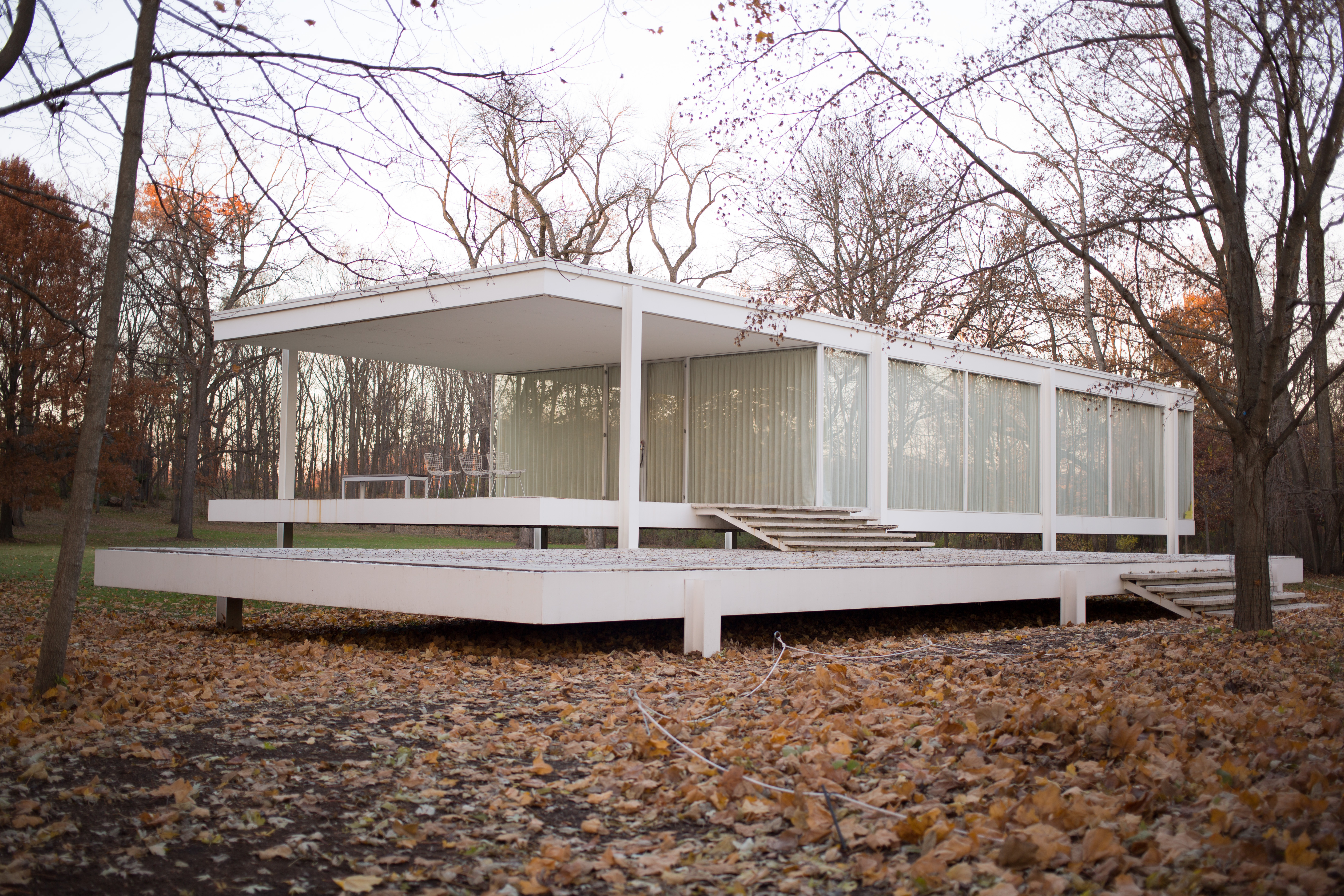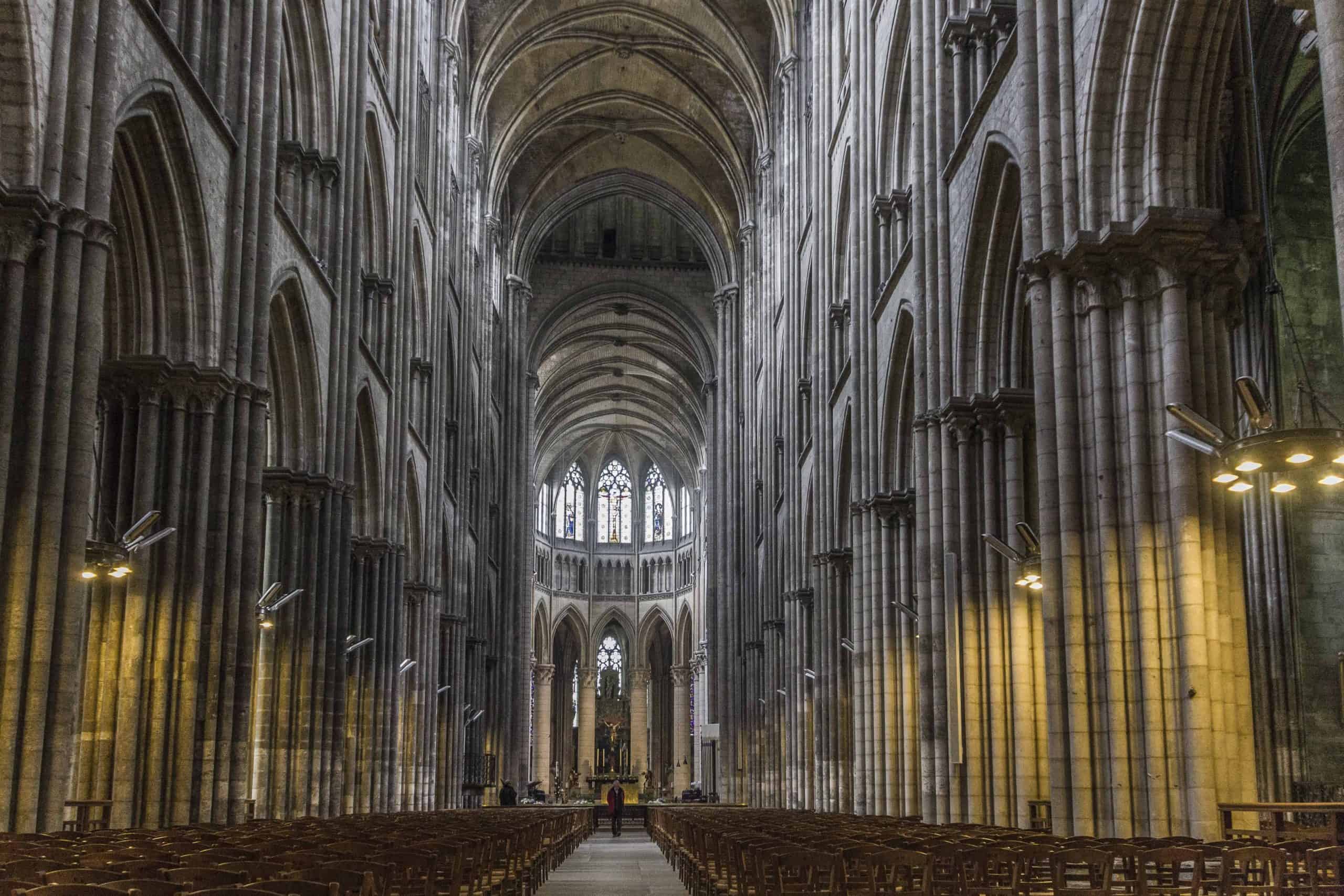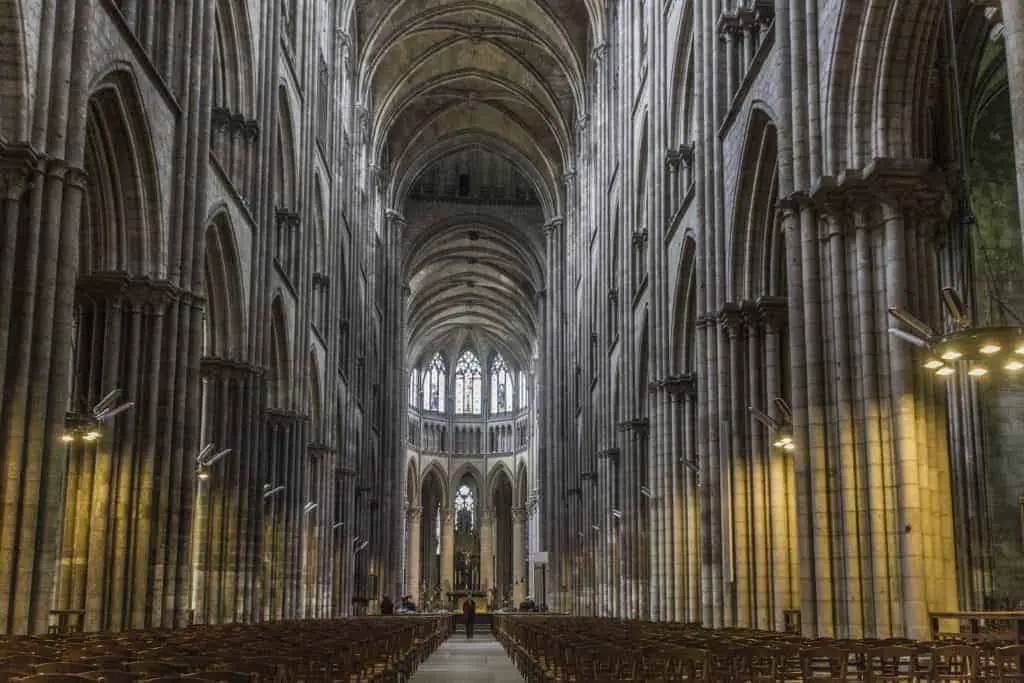Design is where form meets function.
Form is the appearance of something. What it does to your senses. How it looks, feels, smells ,sounds or tastes (sometimes).
Function is what the space allows you to do. What utility it provides. Why it was made in the first place. How you use it.
Objects, spaces, systems, cities, websites, books, songs etc are all designed. The designer wants a user to take a specific action or have a specific experience. And the user wants to interact with something pleasant and intuitive. We’ll look at designing spaces rather than objects or things. But the lessons apply to almost everything you can see.

Designing Space
We design spaces around us for a particular function. Shelter, storage, and protection to name a few. We design these spaces in specific ways. They use certain components to meet our specific needs.
Our needs change depending on how long we spend in a space. Short term function is different from long term function. Temporary spaces cater to basic needs. Permanent spaces offer more depth, variety and utility. The difference between a tent and house. Both offer shelter and protection. One has more depth to it. The other is more mobile and responsive to change.
At its simplest, design is the intersection between what you want a space to do, and how you want it to look. Maybe you want a particular activity in this space. That activity requires certain components to function well. You’re aim is to design a space that caters to that function, while maintaining a look you’re after.
It’s generally easy to design spaces that meet those needs. Where good design comes in, is considering more than the visual. The best designed spaces play on feelings. They evoke particular emotions. Often they direct you to behave in a particular way. Without you even realising it. Wide spaces convey exposure. Small can be intimate. Tall and quiet suggest contemplation.
Using Materials
Along with the shape of a space, we can consider materials. In fact, different materials change the way you move within a space. Material choice is often very deliberate, especially in public places.
They change whether you move fast or slow. Or if you interact with a surface or not. Sometimes they perpetuate a local style. This can be to promote a particular aesthetic. Or it could be due to money. A city that chooses to use a common local resource.
Understanding that the ‘designers hand’ is guiding you through a space is very helpful. Take the time to notice the world around you. You will realise how different things alter your path through it. Recognise what you feel moving through spaces. Note the materials around you. This allows you to imitate that feeling in your design. Or perhaps prevent it.
Design Styles
You probably have a favourite design style. Looking above, you can imagine designing spaces for a purpose, with specific materials. You can choose how much weight you give to either ‘F’. Focusing on form – the looks and feel of a space. Or you prefer function – designing for an activity or feature.

Styles are unique forms that respond to specific environments. People’s needs are similar all over the world. The local environment and available materials led to a unique style for different locations. And it’s not only due to climate or weather. Cultural customs also influence styles or forms.
Unique local styles have crossed all over the world. They sometimes follow cultures to unsuitable climates. Recently we’ve seen the reverse. Styles travelling around the world due to similar climates to the original location.
For me, there is no better or worse design style. I have my preferences. But they’re due to my context. What I’m exposed to. You may have a different opinion. That’s fine. I want to teach you how to design. Not what to design.



